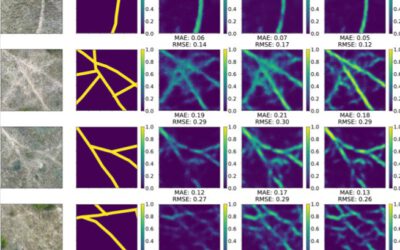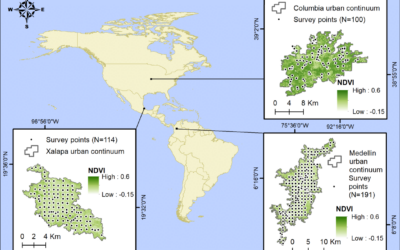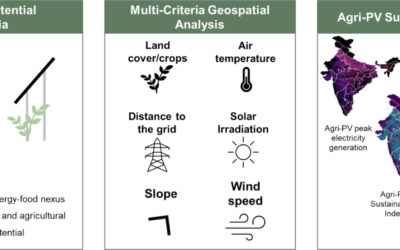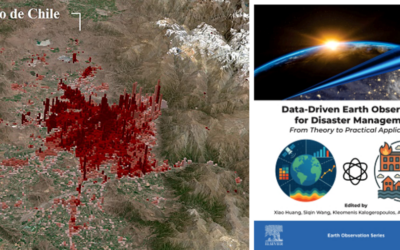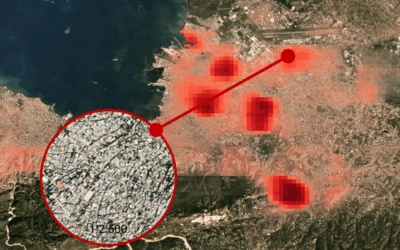New publication on the search for the DNA of urbanization
Luis Inostroza from the Faculty of Regional Development and International Studies of the Mendel University in Brno, Czechia and the Universidad Autonoma de Chile, Chile and Hannes Taubenböck from our Earth Observation Research Cluster of the University of Würzburg and the Earth Observation Center (EOC) of the German Aerospace Center (DLR) have just published a paper proposing a continuous indicator of urbanisation that is based on the accumulation of anthropogenic materials, a physical, rather than a spatial or demographic characteristic. The paper titled “Searching for the DNA of urbanisation. A material perspective” was just published in the journal Cities.
Here is the link to the full paper: https://www.sciencedirect.com/science/article/pii/S0264275124002932
Here is the abstract of the paper: Broadly accepted categorical differentiations of urbanisation understand cities as well-defined objects containing urban spaces in contrast to their hinterlands. However, urbanisation’s multidimensional complexity challenges these approaches in the context of increasing social issues marked by rapid urban expansion, uneven develop[1]ment, ways of life, inequality, commodification, etc., that require fresh scientific answers grounded in innovative empirical evidence. Here, we analysed the population-based and the land-use/land cover-based categorical understandings of urbanisation, looking at their origins and main shortcomings. Our analysis makes a generalised description of urbanisation’s spatial complexity, with an emphasis on the problematic spatial delimitation of urban boundaries; urbanisation occurring in remote wild areas; and the missing third spatial dimension. We discuss these shortcomings based on recent scientific developments, providing reasons why the categorical approach needs to be changed and how. We propose a continuous indicator of urbanisation which is based on the accumulation of anthropogenic materials, a physical, rather than a spatial or demographic characteristic. Our proposal allows the analysis of socio-ecological systems’ spatial organisation, pursuing comparative studies across geographies and times, informing globally generalisable patterns of urbanisation processes and giving a material body to address claims for sustainable urban development.
Luis Inostroza has visited our EORC last year for a guest lecture – we have reported on this: https://remote-sensing.org/inspiring-guest-lecture-by-dr-luis-inostroza/




